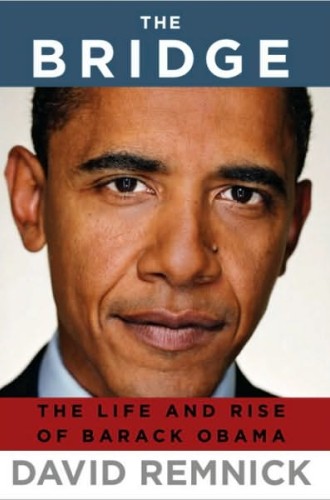Obama’s moment
When I opened this biography, I was as curious about how David Remnick would pull off a biography of a sitting president—after only one year in office—as I was about Obama himself. Is there more to learn about Obama? Michelle Obama said during the campaign that her husband's life is "an open book. He wrote it and you can read it." She was referring not only to his autobiography, Dreams of My Father, but to the fact that Obama is not a man of many secrets. If there is any remaining mystery, it is probably the result of our own inability to fathom a person who doesn't fit our categories.
The portrait painted by Remnick is quite familiar. He shows us how hard Obama worked to forge his identity, how comfortable and fluent he is in various cultural and linguistic contexts, and how capable he is of weighing the merits of different points of views. He is both comfortable in his own skin and a little touchy about criticism.
Remnick is less interested in Obama's personality than in the cultural moment of his emergence. The title refers to Obama's role as a bridge between the civil rights movement of the 1960s and the new political possibilities for African-American leadership that Obama's rise portends. The book begins with a meditation on a pivotal day in civil rights history, March 7, 1965, known as Bloody Sunday, when civil rights marchers, including John Lewis, attempted to cross Edmund Pettus Bridge in Selma, Alabama, and were attacked by police.






